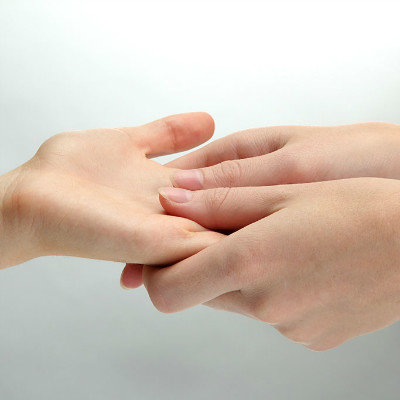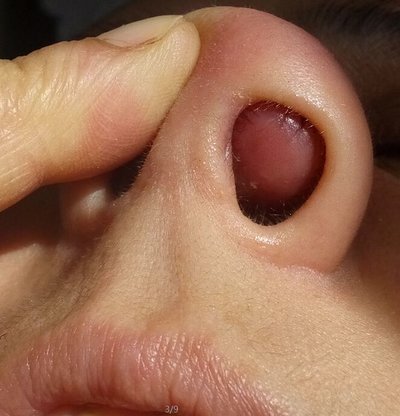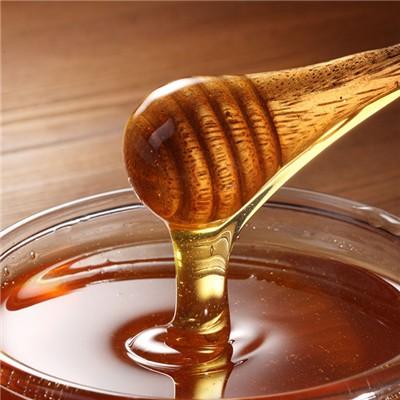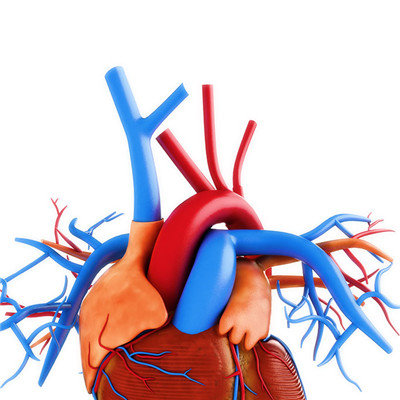Symptoms of allergic rhinitis in spring?
summary
Spring allergic rhinitis, also known as pollen rhinitis. It can occur at any age, but it is more common in young people. The clinical characteristics of allergic rhinitis in spring are that patients begin to get sick every pollen season. When the onset of sneezing, runny nose, nasal congestion, itchy nose, itchy eyes, conjunctival congestion, edema in severe cases. Desensitization therapy is often used in clinic to prevent and treat spring allergic rhinitis fundamentally. According to different ways of administration, there are injection desensitization, desensitization paste and so on.
Symptoms of allergic rhinitis in spring?
Allergic rhinitis, also known as allergic rhinitis (AR), is a non infectious chronic inflammatory disease of nasal mucosa mainly mediated by IgE after the body is exposed to allergens. The typical symptoms of Ar are paroxysmal sneezing, clear water like runny nose, itchy nose and stuffy nose, which may be accompanied by eye symptoms, including itchy eyes, tears, red eyes and burning sensation.

AR can be divided into seasonal and perennial. It is caused by flowers and grass, which is called seasonal ar. it only occurs in spring when pollen spreads. Seasonal AR can occur at any age, and the symptoms will generally recover with the passing of flowering.

Therefore, many people are not satisfied, but the same symptoms will recur every spring. The perennial AR, which has nothing to do with the seasons, is an allergic reaction in the nasal mucosa due to the increased sensitivity of the body to some specific allergens such as dust, mites, animal dander, etc. it is related to human physical, genetic and mental factors.

matters needing attention
The most fundamental health care measures for allergic rhinitis are to understand the substances that cause allergic rhinitis, that is, allergens, and try to avoid them. At the same time, pay attention to nasal cleaning, often clean the nasal cavity, strengthen physical exercise, and enhance physical fitness














